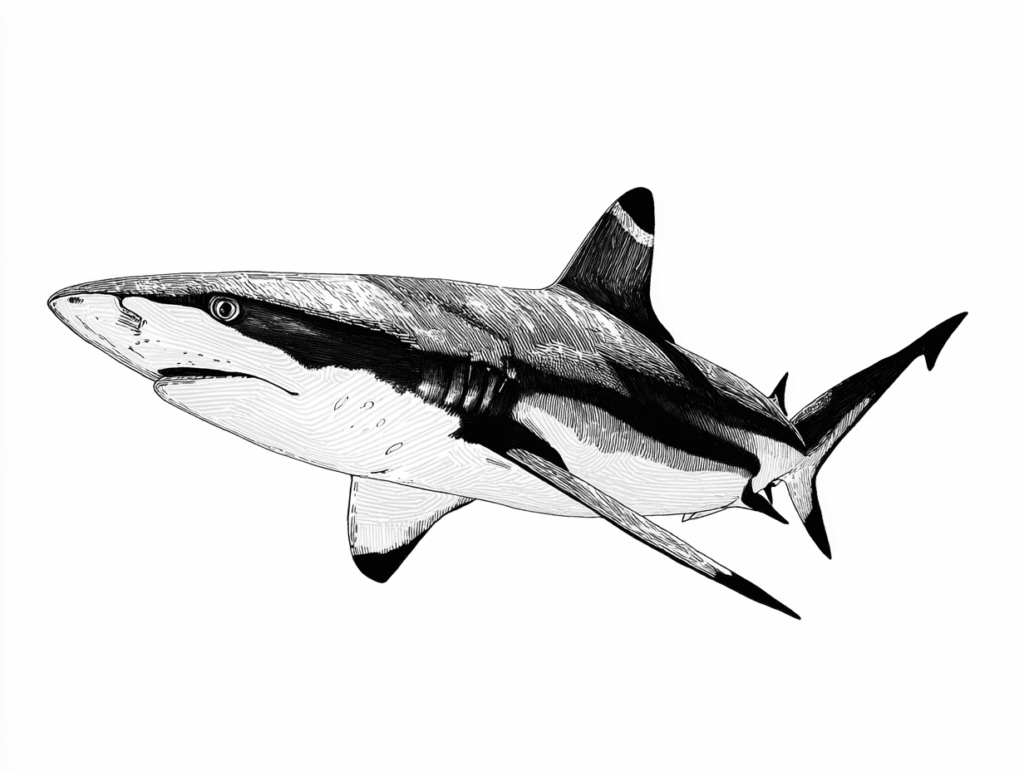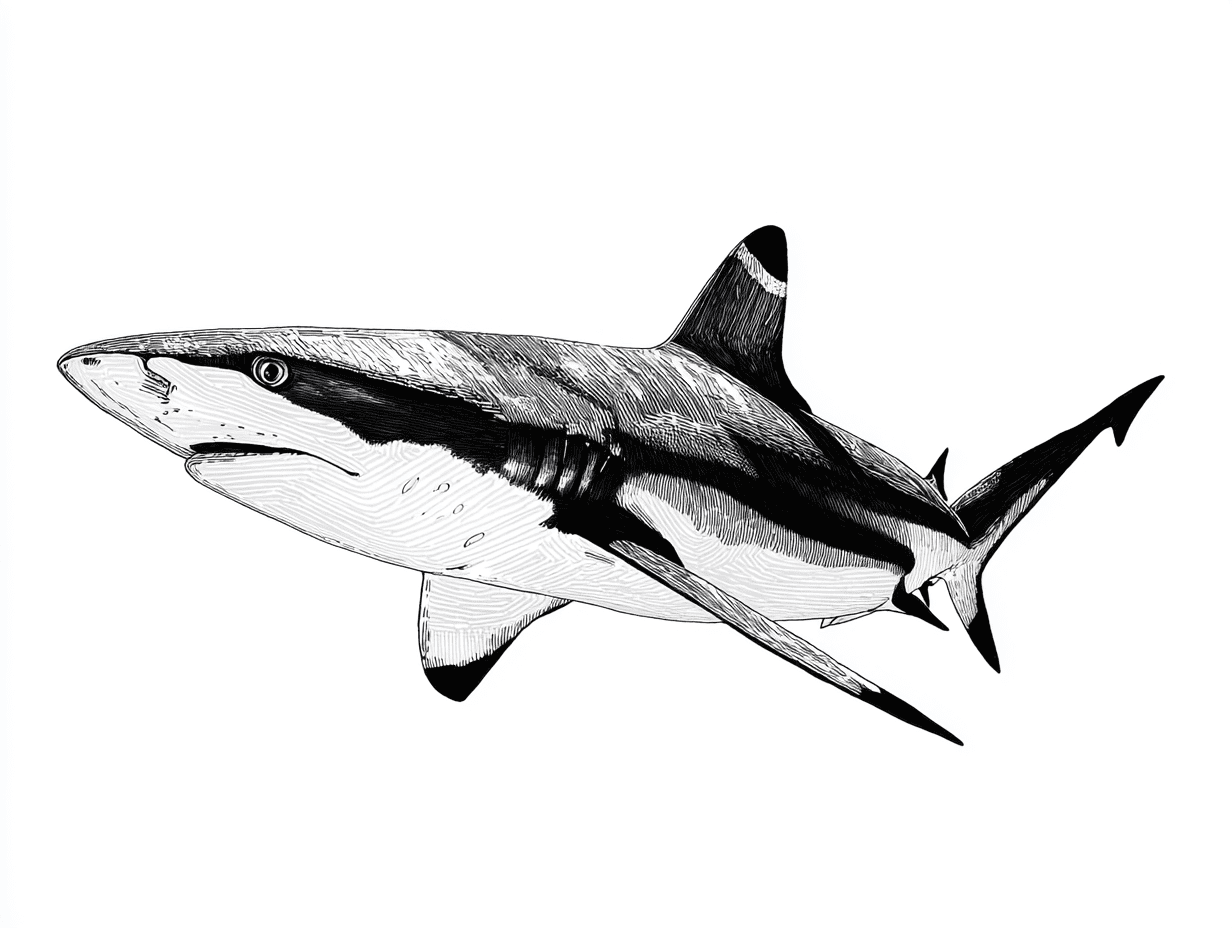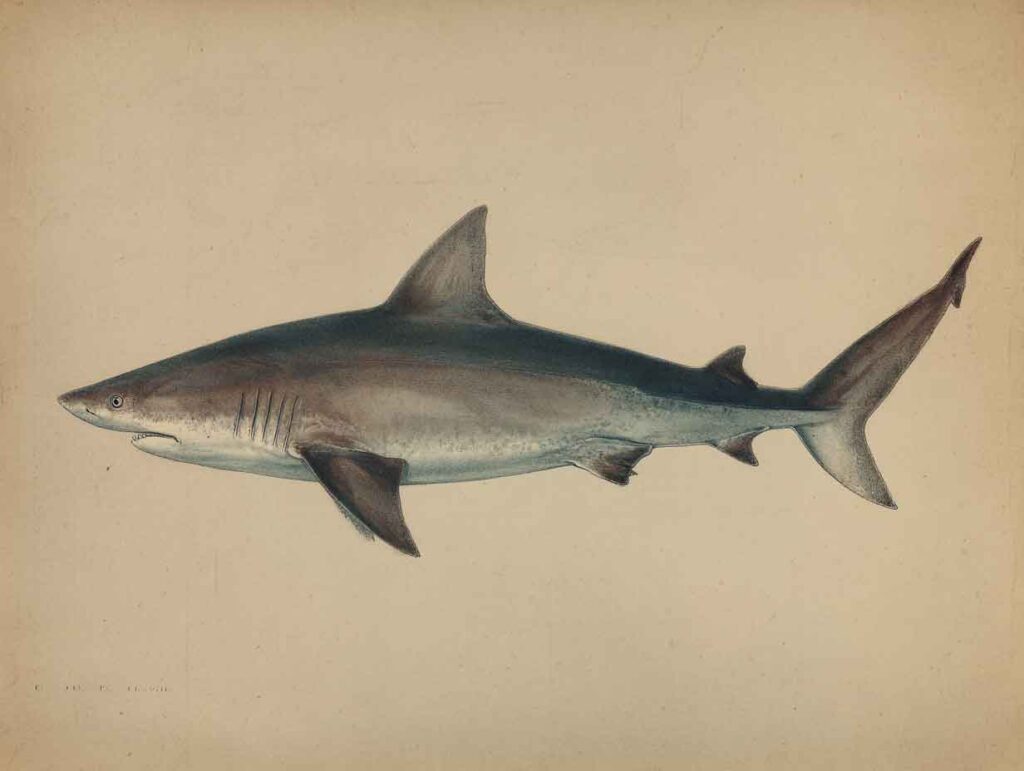
This is a series of articles I’ve decided to publish under the title “Diver’s Len.”
The goal of these articles is to inform readers about the species of marine life found in the Maldivian ocean and captured by photographers and videographers.
In addition to the photographs and videos, we have included a summary of general and scientific information about the species.
The photographer or diver has granted permission for the publication of the photos and videos in these articles.
This is an article about the Blacktip reef shark.
COMMON NAME: Blacktip reef shark
LOCAL NAME: Falhu miyaru
SCIENTIFIC NAME: Carcharhinus melanopterus
CLASS: Chondrichthyes
FAMILY: Carcharhinidae
GENUS: Carcharhinus
KINGDOM: Animalia
ORDER: Carcharhiniformes
Large adult sharks are often solitary, occasionally venturing into deep water but preferring shallow areas, and they are frequently seen swimming over sandbars and shallow reefs with their dorsal and upper caudal fins exposed. Juveniles are especially common in lagoons and often form small schools hunting small fishes in subtidal zones.
One of the most noted species by snorkelers; also common in mangrove habitats. Brown to grey in colour dorsally, with a pale white colour ventrally.
Easily recognised by a dark stripe on each flank extending from above the pectoral fin to the pelvic area and distinctive black fin tips, especially on the first dorsal fin and lower lobe of the caudal fin. A swift, small shark, not considered dangerous; however, it has been reported to bite people wading in shallow water. It can reach a maximum length of 1.8 meters.
Reef shark species, including blacktip reef sharks, have decreased in their population as they live in coastal areas. These sharks are easy to catch using most of the baits, including eels, fish waste, fish heads, and small fish.
In the Maldives, before these species were protected, fishing for these sharks was widespread across the country. It was caught for consuming meat and for exporting their fins. But the oil of the liver was also used for many purposes, including applying it to fishing vessels.
Preserving these species is important because they play a crucial role in their ecosystems. Coral reefs stand out in particular. They have a great role in controlling the small fish inhabiting their ecosystem. Their behavior and direct preying on small fish help in controlling the population of small fish. This helps overgraze corals and ultimately protects and preserves biodiversity.
Blacktip reef sharks sometimes attack humans. But many such records are encountered in shallow waters. After they approach humans, they are frightened away. About human encounters, an American zoologist and ichthyologist, Herald, said although blacktip reef sharks are not dangerous to humans, they are annoying and disruptive (Randall, Helfman, 1973). He also pointed out that they frequently exhibit these behaviours when lured by bait fish or other bait. These curious species may test unfamiliar objects.

